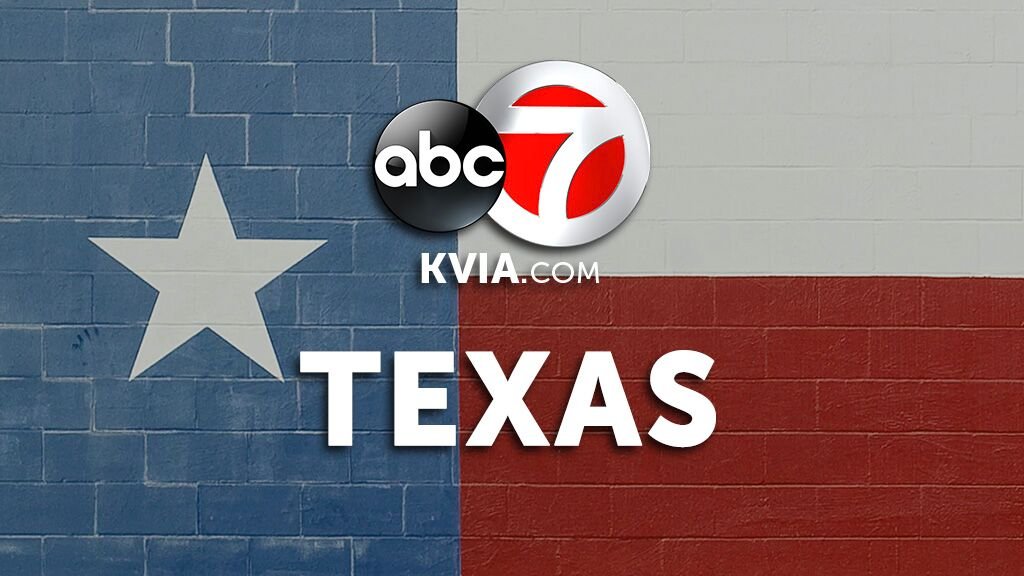Food bank doles out tons of food as Texans, like many Americans, fight to feed themselves

American food insecurity is an under-told story amid the coronavirus pandemic, but as more people find themselves unemployed or underemployed, it’s a reality with which too many are grappling.
At the North Texas Food Bank in Plano, government relations director Valerie Hawthorne sees up close the toll Covid-19 has taken on the 13 counties it serves, and she’s working to keep food on tables. On Tuesday, she and about 100 volunteers handed out much-needed grub at Fair Park in Dallas, where they hoped to help out about 2,000 households, or about 8,000 people.
It’s a new way of giving for the food bank, but it’s the fourth time since the pandemic that volunteers have doled out food at Fair Park, the last time coming in May. Since then, conditions in Texas — like the rest of the country — have gotten worse, Hawthorne said.
Nationwide, tens of millions are struggling to feed themselves.
Handyman Arthur Ferrazas of Dallas was one of the first people in line, roughly three hours before volunteers began giving out boxes. He has two children to feed, he said, but work has been drying up.
“It means a lot. It’s a little bit of help. I think it’s going to help us a lot,” he said. “My wife is sick right now, but not with the virus, so that’s why I’m here.”
Another Dallas resident, Pauletta Johnson, who relies on fixed income to help care for her grandchildren, joined Ferrazas in line before dawn.
“It helps feed the grandkids,” she said. “I don’t have the money to buy some of the things that I need to get.”
‘We’ve seen a lot of zeros’
The food bank’s latest handout at Fair Park comes after many Americans lost their $600-a-week unemployment benefit in July. Food bank officials targeted August, Hawthorne said, because they knew there’d be a dip in families’ incomes, and food stamp benefits tend to run out early in the month. Since March, more than 3 million Texans have filed unemployment claims.
The US Department of Agriculture requires food bank recipients to fill out a short form, with one blank asking their current income, Hawthorne explained.
“We’ve seen a lot of zeros,” she said. “Food is one of those items that is easy to cut from a budget. You’ve got to make your mortgage payments. You’ve got to make that car payment, so food becomes a choice for a lot of families.”
Along with dairy and produce, recipients also get boxes packed with canned goods, noodles, spaghetti sauce, peanut butter, rice, trail mix and even a few recipes for those who aren’t so culinarily inclined, she said. A family of four was taking home 100 pounds of food Tuesday, she said.
Close to 10,000 boxes will be handed out by day’s end, Hawthorne said. Any leftover boxes will be distributed to partner agencies’ food pantries, she said.
Lately, the North Texas Food Bank has been distributing a million pounds of food a week.
Hawthorne and the volunteers worked late into the night Monday as a fleet of trucks carrying thousands of boxes descended on a barren Dallas parking lot.
“These distributions truly reveal what the need is and how many of our community members are just one paycheck away from hunger,” she said. “We know that the need is out there. We know that it’s great.”
In April, Hawthorne’s daughter, Lily, 11, wrote a blog post about her own struggles and confusion during the pandemic, and about how her mother had taken off her government relations hat to help with a mobile pantry effort.
“She leaves the house almost every morning at 5:30 a.m. to go to work and doesn’t get back until dinnertime. Even after she gets home, she is on the phone and on her computer, looking concerned. During this pandemic it has been hard to stay sane,” the youngster wrote.
“I’m sad that not being able to find food is really stressful for people right now, but I’m also happy that the North Texas Food Bank is helping as many people as they can.”
A problem across the country
Last month, the US Census Bureau published polling showing almost 30 million Americans (about 12% of the 249 million respondents) said they did not have enough to eat at some point before July 21. About 5.4 million said they “often” didn’t have sufficient food.
Prior to the pandemic, an estimated 37.2 million Americans faced food insecurity, said Katie Fitzgerald, COO of Feeding America, predicting the number would be 54.3 million by July 2021.
Like unemployment, poverty and the pandemic, food insecurity hits people of color, women, children, seniors and those with disabilities the hardest, she said.
Food banks have also struggled, Fitzgerald said. Since the pandemic, Feeding America’s demand has spiked 50% over the same period last year.
The number of volunteers has dipped as well, while supply has also been a problem. Where Feeding America usually runs on donations, it’s had to purchase food to distribute during the pandemic, she said, calling for more government assistance during the crisis.
“The economy is not yet back to where it needs to be so people can work and feed their families,” she said. “This is still going to require additional significant federal and state support.”
